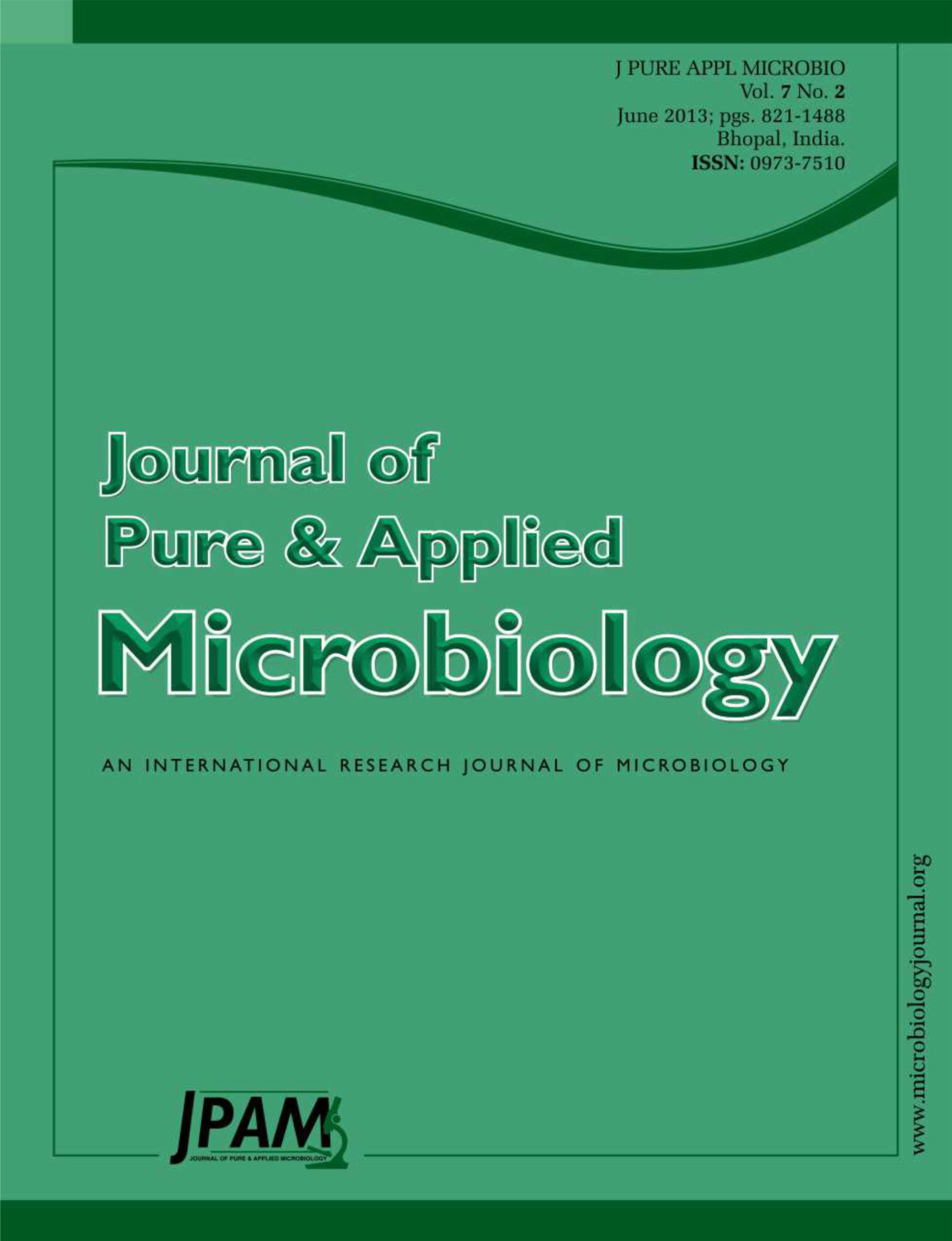Heavy metal contamination in the environment is continuously increasing and the effect of heavy metal contamination directly affects human health. The objective of this research was to study the ability of fungi to solubilize and accumulate insoluble zinc and lead compounds ZnO, ZnS, PbCO3, and PbS. Twenty-three fungal isolates were tested for their ability in the solubilization and accumulation of insoluble heavy metal compounds. Zinc oxide was the common compound to be solubilized by the test fungi; 86.95%, 65.21% of the fungi were able to solubilize zinc oxide and lead carbonate, respectively. However, none of isolated fungi were able to solubilize zinc sulfide and lead sulfide. Aspergillus niger had the highest levels of zinc accumulation at 96.90±0.13 mg g-1 dry weight, and Phomopsis sp. exhibited the highest degree of lead accumulation at 88.80±3.65 mg g-1 dry weight; consequently, it is suggested that these fungal strains have potential application in bioremediation practice of heavy metal contaminated soils.
Solubilization, Accumulation, Heavy metals, Fungi
© The Author(s) 2014. Open Access. This article is distributed under the terms of the Creative Commons Attribution 4.0 International License which permits unrestricted use, sharing, distribution, and reproduction in any medium, provided you give appropriate credit to the original author(s) and the source, provide a link to the Creative Commons license, and indicate if changes were made.


